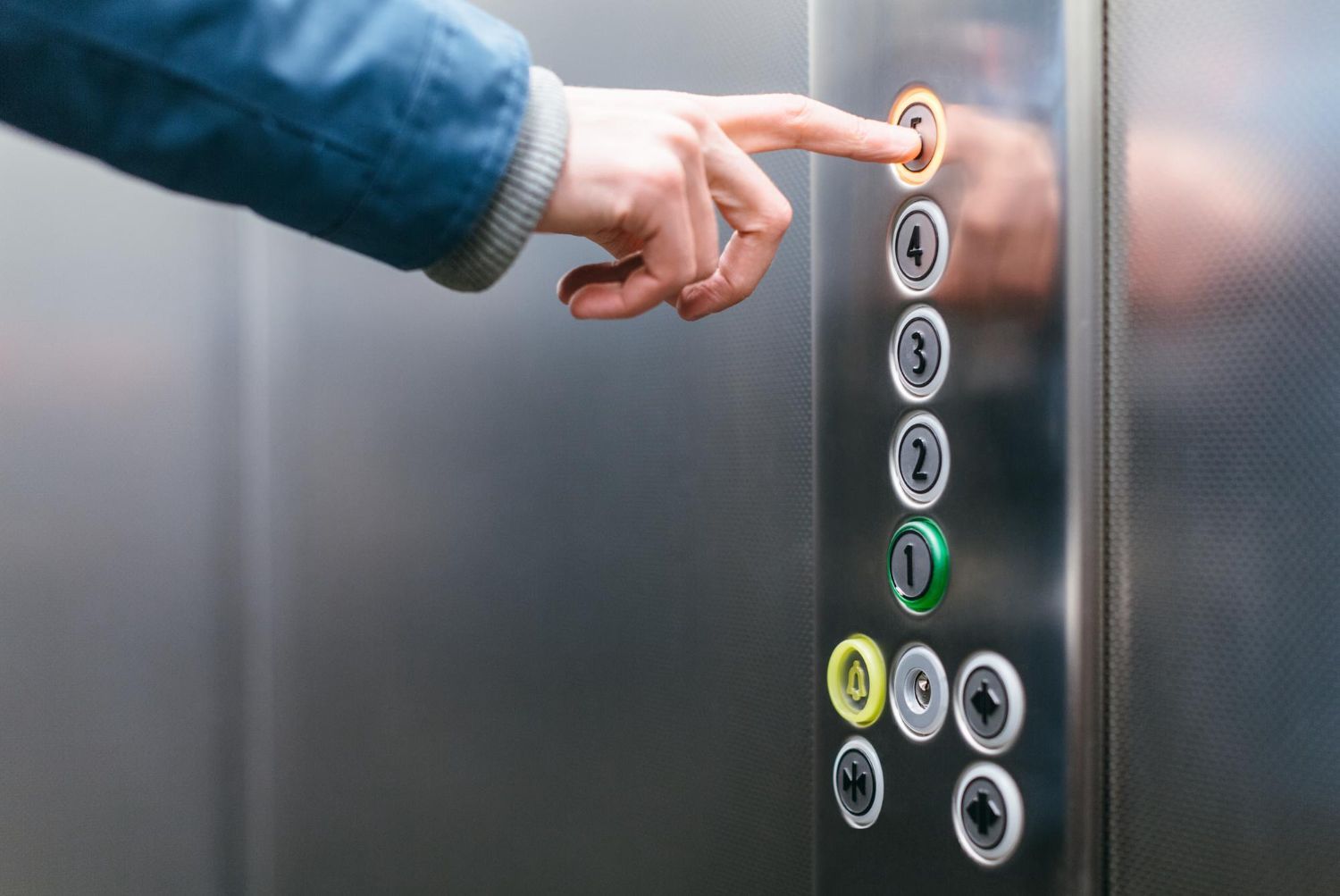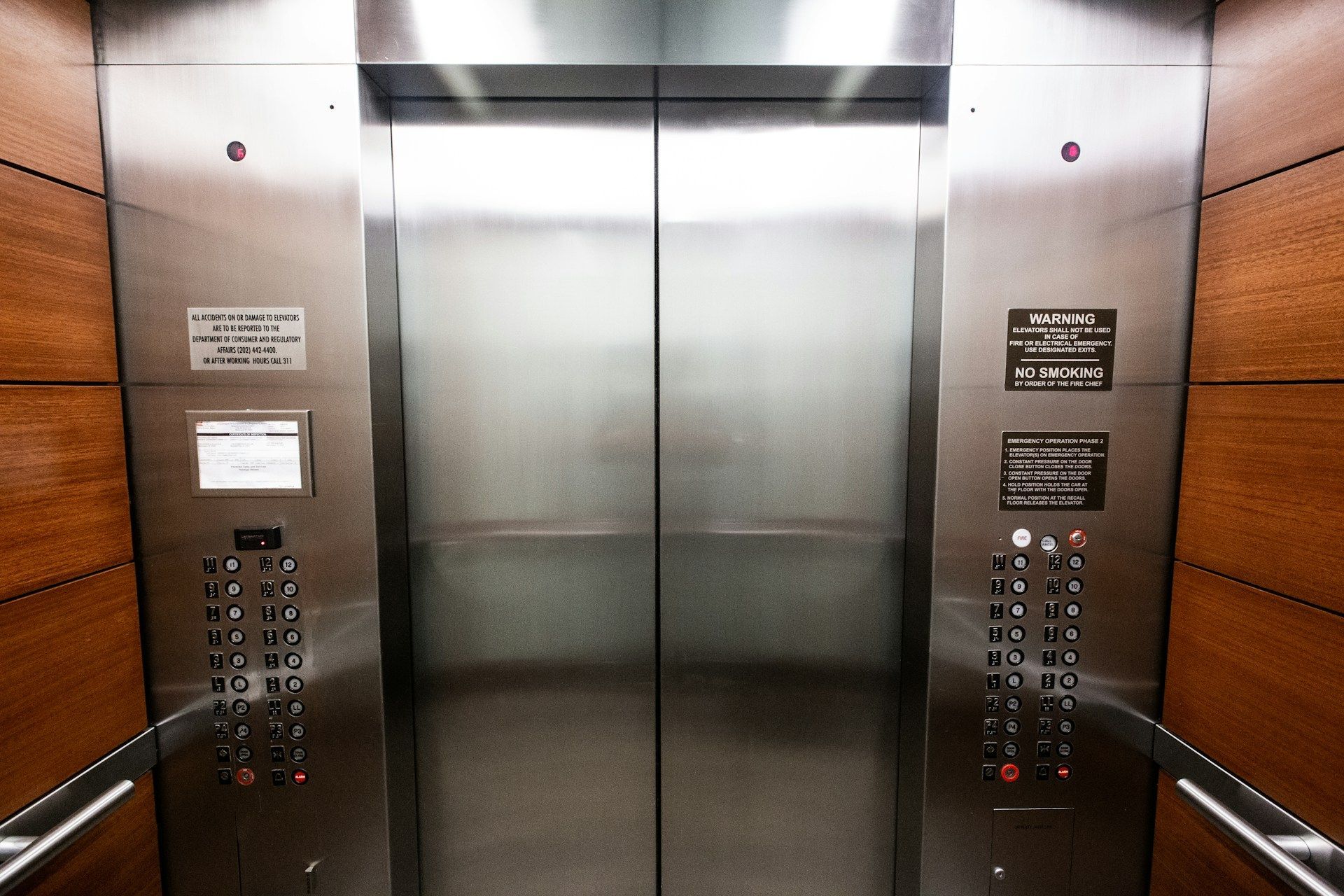What Happens During an Elevator Repair Visit
Elevators are essential to buildings, helping people move quickly and safely between floors. Sometimes, elevators need repairs to keep them running smoothly. Knowing what happens during a repair visit can help you understand the process and what to expect.
Understanding this process can make elevator repairs less stressful and ensure the elevator correctly serves everyone in the building.
Initial Inspection and Diagnosis
The initial inspection and diagnosis are the first step during an elevator repair visit. When the technician arrives, they check the elevator’s main components to understand what’s causing the issue. This includes inspecting the control systems, doors, cables, and hydraulic systems (if applicable). Each part is carefully reviewed for any signs of wear, damage, or malfunction.
The technician might ask questions about the elevator's recent performance. For example, they might ask if it has been stopping smoothly or if there have been any unusual noises. These questions help pinpoint the problem more accurately. Using special tools, they can check the elevator’s mechanics and electronics to see if everything is working as it should.
Once the inspection is complete, the technician diagnoses the problem. They determine what needs to be repaired or replaced and develop a plan for the repairs. This step is crucial because an accurate diagnosis ensures the correct issue is fixed, saving time and avoiding unnecessary work. By understanding the root cause of the problem, the technician can ensure the repair is effective and long-lasting.
Key Steps in the Repair Process
After diagnosing the problem, the technician moves on to the repair process. Here are the key steps involved:
1. Part Replacement: If any parts are damaged or worn out, the technician will replace them. This can include cables, door sensors, or control panels. Using high-quality parts ensures the elevator operates smoothly and safely.
2. Adjustments: Sometimes, parts don't need to be replaced but just adjusted. To ensure smooth operation, the technician might fine-tune the elevator’s settings, like the leveling or door closing speeds.
3. Lubricating: Moving parts such as cables and pulleys must be well-lubricated to reduce friction and wear. The technician will apply lubricants to ensure these parts move quickly.
4. Electrical Repairs: If the issue is with the elevator’s electrical systems, the technician will repair or replace wiring, fuses, or circuit boards. This step is vital for ensuring the control system operates correctly.
5. Safety Feature Check: The technician will check and repair essential safety features, including emergency brakes, alarms, and communication systems. Ensuring these systems work correctly is crucial for passenger safety.
6. Cleaning: The elevator shaft and machine room might need cleaning to remove debris and dirt. A clean environment helps keep the machinery in good condition.
Each step is essential to bring the elevator back to full functionality. Following a thorough repair process, the technician ensures the elevator is safe, reliable, and ready for use. This detailed approach helps prevent future problems and prolongs the elevator’s lifespan.
Testing and Safety Checks
Once the repairs are complete, the technician performs testing and safety checks to ensure the elevator functions correctly. This step is crucial for confirming that all components are working as they should and that the elevator is safe for passengers. The technician starts by running the elevator through several test cycles, observing its performance. They check to see if the elevator stops accurately at each floor and that the doors open and close smoothly.
Safety features are also thoroughly tested. The technician activates emergency brakes to ensure they engage properly and conducts tests on other safety systems, such as alarms and communication devices. These checks ensure the elevator's safety mechanisms function correctly in an emergency.
Load testing may also be carried out. This involves placing weights in the elevator to simulate its maximum capacity. The technician observes how the elevator handles the load and ensures it functions safely under stress. By performing these detailed tests, the technician confirms that the elevator operates safely and efficiently, providing peace of mind for all users.
Final Adjustments and Preventative Measures
After testing the elevator, the technician makes any final adjustments needed to optimize performance. These adjustments can include fine-tuning the elevator’s speed, ensuring it levels correctly with each floor, or refining the door operation to ensure it closes smoothly and without delay. These tweaks help make sure the elevator runs as efficiently as possible.
Once adjustments are completed, the technician focuses on preventative measures to avoid future issues. This might include setting a schedule for routine maintenance, such as regular oiling of moving parts or periodic safety checks. They also provide recommendations for building management, like keeping the machine room clean and debris-free.
These preventative measures can include educating the building's staff on basic troubleshooting steps. Knowing how to address minor issues before they become major problems can save time and money. By taking these proactive steps, we can help ensure the elevator remains in excellent condition and continues to serve its users reliably for years to come.
Conclusion
Understanding what happens during an elevator repair visit can help you appreciate the care and expertise that go into keeping elevators running smoothly. Each step is vital for ensuring the elevator is safe and operational, from the initial inspection and diagnosis of the problem to making essential repairs and safety checks. The final adjustments and preventative measures taken by the technician ensure that your elevator remains reliable and reduce the risk of future problems.
Keeping an elevator in good shape involves fixing issues as they arise and preventing them. By staying informed and proactive, you can ensure the elevator in your building is both safe and efficient. Regular maintenance and timely repairs are essential to long-lasting, reliable service.
At Elevator Solutions Inc., we are dedicated to providing top-quality
elevator repair and maintenance services. If you need assistance with your elevator or want to learn more about how we can help, contact Elevator Solutions Inc. today. We’re here to ensure your elevator’s safety and performance.



